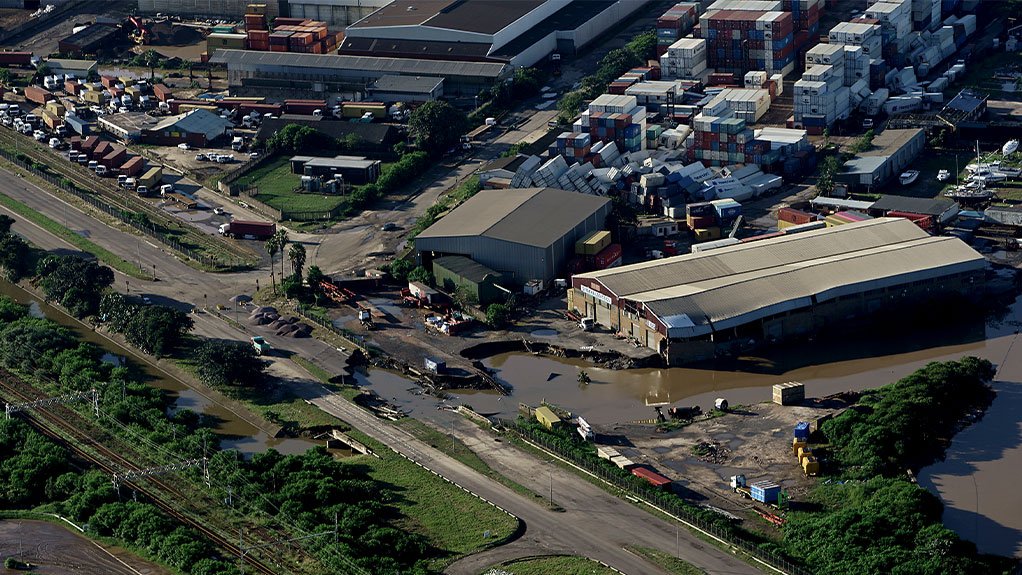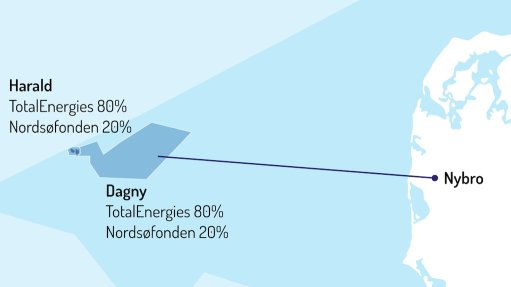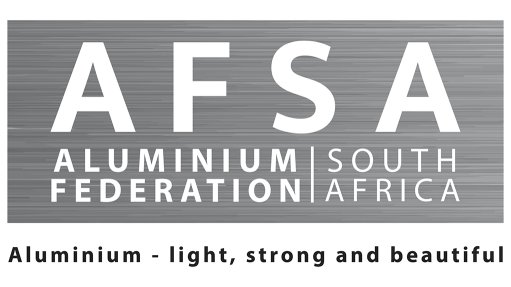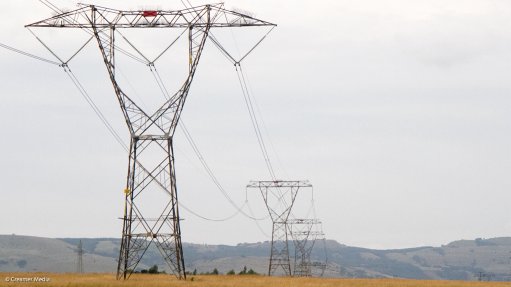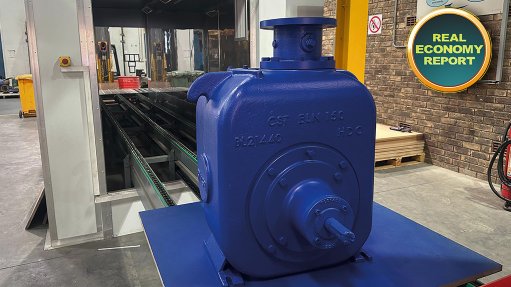More resilient infrastructure needed to protect water quality
Consulting engineers and scientists SRK Consulting partner and principal environmental scientist Manda Hinsch says the quality of drinking water declines when infrastructure is vulnerable to natural disasters.
The comment was made on the back of recent flood-related damage to water infrastructure in KwaZulu-Natal, which has added to South Africa’s water quality risks and highlights the need for greater resilience of treatment plants, pipes and drains.
She adds a key challenge comes from the proliferation of algae that develops from increased levels of nutrients in watercourses and dams.
“High nutrient levels in rivers and dams – measured by the presence of nitrogen and phosphates – promote the growth of blue-green algae-type, which are not algae at all, but types of bacteria called cyanobacteria,” says Hinsch.
“Among the current causes of this eutrophication are the discharge of raw sewage, and runoff from agricultural land but there is also the destructive impact of floods.”
Variable rainfall patterns and flooding associated with climate change are a growing threat to underground infrastructure like sewage pipes, as well as wastewater treatment works.
When these facilities are damaged or underperform more nutrient-rich water is discharged into the environment.
Subsequently, compounding existing problems at wastewater plants, such as lack of maintenance, under treatment capacity and the impact of loadshedding.
When power to the pumping and other equipment at these plants is interrupted, treatment is affected – and leads to discharging of substandard water quality.
“In areas where climate change is leading to higher ambient temperatures, this will further promote the growth of this algae,” she says.
Countries such as South Africa, with long average daylight, are conducive for algae growth.
This combination of factors could undermine the quality of water that arrives in dams that provide communities with drinking water.
“Where the problem becomes severe, tertiary treatment is required to remove the effects of the cyanobacteria – before water can be distributed to users,” she says.
This treatment adds to the burden of cost among municipalities; indeed, many municipalities’ wastewater treatment facilities cannot easily implement this level of treatment as and when required.
The challenge calls for a greater focus on building the resilience of water-related infrastructure.
Hinsch points out that pump stations for sewage works are invariably situated in the lowest points and often close to watercourses, for instance.
This location makes them particularly vulnerable to incidents of flooding – thereby heightening the risk of a flood disaster becoming a broader health disaster.
“Since this type of infrastructure by its nature will be at low elevations one needs to look at protecting this infrastructure from failing during severe rainfall events,” she says.
Where the supply of electricity to these facilities is disrupted by natural disasters – or even just regular load-shedding – there is a case for providing back-up power, including green energy, at these sites.
Consideration could also be given to the inclusion of balancing dams during the design phase, which could receive the flow of unmanageable sewage volumes and feed it back into the system as capacity returns to normal.
She also highlights that catchment management is key to address the problem at source.
A key aspect of improved catchment stewardship is to monitor town planning to ensure that reticulation and treatment facilities are designed to cope with plans.
Upgrading of the reticulation facilities is often not undertaken in time, resulting in discharges through manholes and stormwater infrastructure.
“An integrated approach to catchment management is where all stakeholders within local council understand their own role when planning for the growing demands on the system,” she notes.
“In many instances the sewage networks were simply not designed for the volume of material that they are expected to handle today, which has an impact on stormwater management, which is often the responsibility of a different department within a council.”
Dam water quality can also be impacted as weather patterns become more extreme, Hinsch explains.
With heavy rain alternating more frequently with droughts, there is a likelihood that sedimentation levels in dams will increase.
Where ground is exposed after drought, more soil is likely to be washed downstream by intense rainfall.
“The treatment of water to potable standards is also affected when sedimentation levels are high. This makes it more difficult to disinfect the final water which again adds cost to treatment,” she says.
Contributing to solving these challenges, SRK Consulting provides a range of water-, engineering- and disaster-related services to municipalities.
These services include water resource modelling, water quality monitoring and evaluation, catchment studies, infrastructure design and disaster management planning and response.
Article Enquiry
Email Article
Save Article
Feedback
To advertise email advertising@creamermedia.co.za or click here
Comments
Press Office
Announcements
What's On
Subscribe to improve your user experience...
Option 1 (equivalent of R125 a month):
Receive a weekly copy of Creamer Media's Engineering News & Mining Weekly magazine
(print copy for those in South Africa and e-magazine for those outside of South Africa)
Receive daily email newsletters
Access to full search results
Access archive of magazine back copies
Access to Projects in Progress
Access to ONE Research Report of your choice in PDF format
Option 2 (equivalent of R375 a month):
All benefits from Option 1
PLUS
Access to Creamer Media's Research Channel Africa for ALL Research Reports, in PDF format, on various industrial and mining sectors
including Electricity; Water; Energy Transition; Hydrogen; Roads, Rail and Ports; Coal; Gold; Platinum; Battery Metals; etc.
Already a subscriber?
Forgotten your password?
Receive weekly copy of Creamer Media's Engineering News & Mining Weekly magazine (print copy for those in South Africa and e-magazine for those outside of South Africa)
➕
Recieve daily email newsletters
➕
Access to full search results
➕
Access archive of magazine back copies
➕
Access to Projects in Progress
➕
Access to ONE Research Report of your choice in PDF format
RESEARCH CHANNEL AFRICA
R4500 (equivalent of R375 a month)
SUBSCRIBEAll benefits from Option 1
➕
Access to Creamer Media's Research Channel Africa for ALL Research Reports on various industrial and mining sectors, in PDF format, including on:
Electricity
➕
Water
➕
Energy Transition
➕
Hydrogen
➕
Roads, Rail and Ports
➕
Coal
➕
Gold
➕
Platinum
➕
Battery Metals
➕
etc.
Receive all benefits from Option 1 or Option 2 delivered to numerous people at your company
➕
Multiple User names and Passwords for simultaneous log-ins
➕
Intranet integration access to all in your organisation



